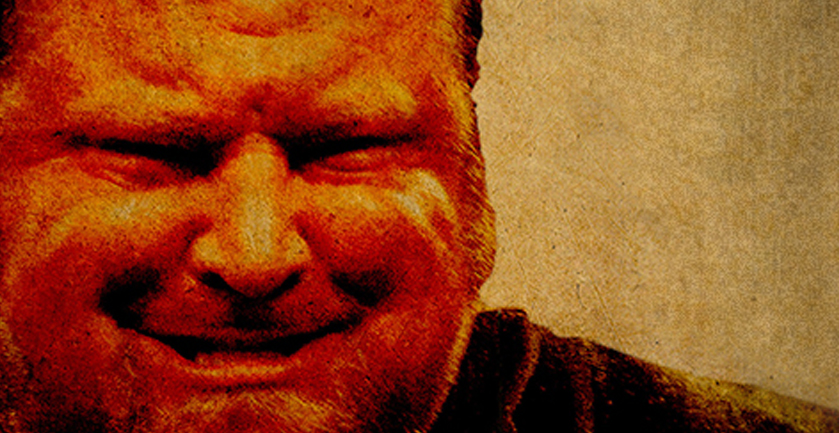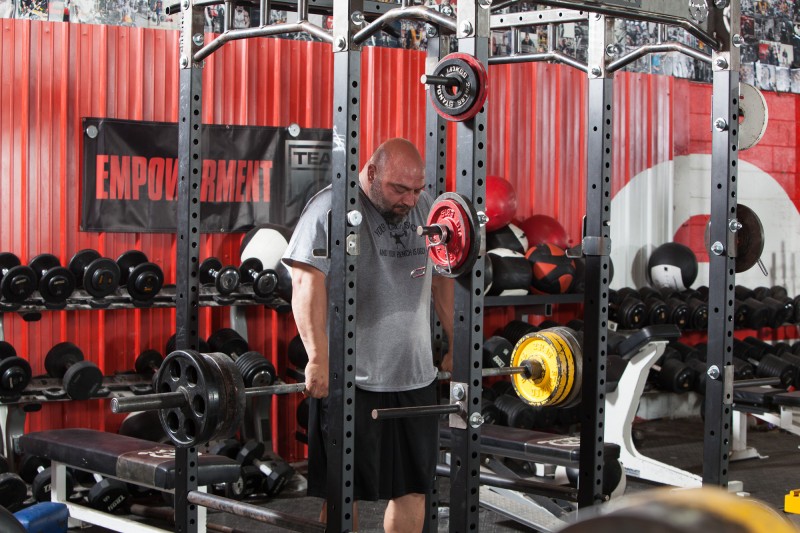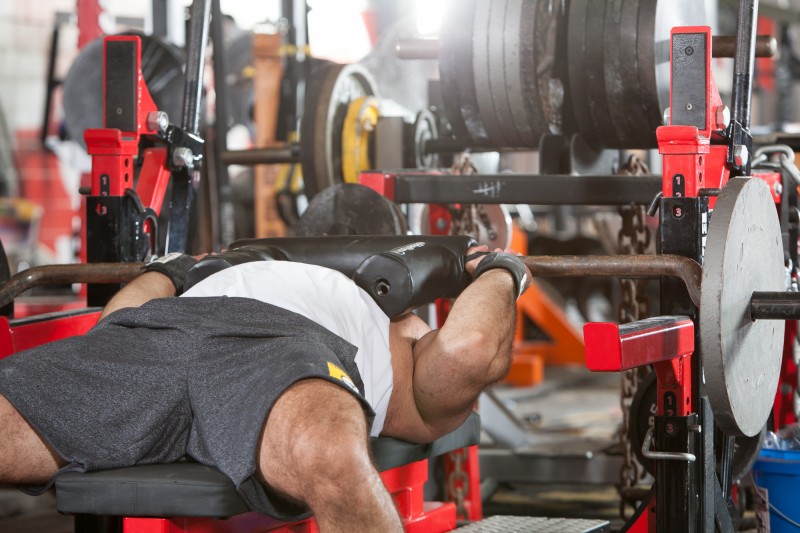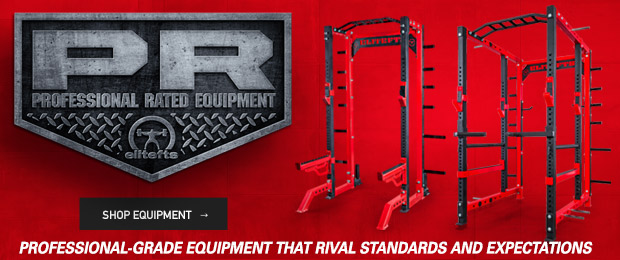
Supplemental training is an essential part of any strength training program. As with any crucial part of training, the results will depend on how well they are executed. I admit a large portion of my knowledge of supplemental training was learned from the many mistakes I have made during my life in the gym. I am hoping to help all you readers avoid at least a few of the mistakes I have made and get more out of your supplemental training.
Now that we are on the same page, let’s start with what supplemental training is. Supplemental training is what is done after the main movement or main focus of a training session. I am a fan of the conjugate, in which you always have a main movement then move on to supplemental training. The majority of training programs function in a similar manner. They have a main lift, or possibly, a series of lifts, that are to be performed at the freshest state, and then the lifter moves on to supplemental exercises.
Supplemental training is designed to support the main lift. Ideally, it will be hitting the weakest link muscles of the main movement or any muscle groups used in the main movement that needs extra training. Supplemental training can also be performed completely on its own. For example, you might hit a main movement in the morning but have no time to do anything else. You come in that evening or the next day to do your supplemental work in a separate session. Very simply put, supplemental training is any work done in order to support the main movement or main goal.
There are a few major ways I see lifters go astray when it comes to supplemental training. The first and biggest way is doing every set to failure. We are not bodybuilders, and we have very different goals than bodybuilders.
The second mistake is training supplemental exercises too heavy. Most of the seriously heavy lifting is supposed to be done in the main movement.
Intertwined with these first two mistakes is the third: having seriously poor technique. I often talk about technique in the main lifts, but it very much pertains to every single lift, exercise, and rep.

The last big mistake is a lack of or too much intensity and focus during the supplemental session of training. Too much high intensity can end up in lifters trying to do too much in terms of reps and weight (mistakes mentioned earlier).
On the flip side of that, the focus and intensity can be too low, where lifters put very little focus or energy into their supplemental sessions. Any of these things can end up derailing gains or at the very least making it an uphill battle.
Solid supplemental training is not complicated, but it takes some thought and control to get the most out of it. My biggest difficulty or mistake in this area has always been training to failure. Maybe it’s because I started out training like a bodybuilder and some sick part of my mind still enjoys it.
Through many long years of hardheadedness, I have accepted that this is a waste of time and makes solid recovery very, very difficult. I can, without a doubt, be very stubborn, and the best way I have learned to control this is to always leave two reps on the table with all my supplemental exercises. I am talking two reps with every set. Keep in mind with supplemental training that we are supplementing our strength training to assist our gains, which helps us reach our goals. We are not trying to tear muscles to increase size with this training; that would be hypertrophy training.
RELATED: Unlocking Your Muscle Chain
It is so easy to get caught up into the idea that every rep and set must be as heavy as possible and pushed to the extreme limit, or we will not get stronger. Trust me, I know how easy it is, but this thinking is wrong!
A good training system is thought out intelligently, covering all aspects of what it takes to gain strength, and we need to understand that. There is a time and a place. Supplemental training is not the time to do everything as heavy as possible. Yes, the weight should be challenging and strength should increase in every lift, but with some exercises, we will never be able to lift super heavy.
With these exercises, it takes time to add even the smallest amounts of weight. Remember, when it comes to supplemental training, it is more about the quality of the movement. This means you are performing it with the correct technique to train the muscle or muscles to which you actually intend gains.
Technique, technique, technique! I preach it and preach it and preach it. If you are not using the correct technique, you are, at best, delaying progress, and at worst, just wasting your time and energy. THIS GOES FOR SUPPLEMENTAL WORK, TOO!

Here is the example I have been seeing a ton lately. Lifters do tons of face pulls, rowing movements, dumbbell cleans, and all kinds of other upper back movements. They develop big traps and OK rear delts but have horribly weak rhomboids and serratus anterior muscles. So even with their big backs, they struggle to hold their position on the bench. They cannot hold a solid position during squats or give that strong shelf for the bar to sit on. Their big traps and rear delts do little to help the fact that they have terrible scapular winging.
The point here is that if you do those exercises correctly, then their whole upper back and serratus anterior should be strong, not just the traps. Having intensity and focus in your supplemental training means paying attention to your technique, and that will pay off in results.
Another aspect of supplemental training that I feel is very important is time frames. There is a point of diminishing returns in every training session, which is the point where you are doing more damage to the body than it can recover from. After a certain amount of time, hormone levels get severely off, the body can start catabolizing muscle for energy, you can break the muscles down too far, etc.
The goal is to push the body to the limit of where it can still recover. One of the easiest ways I have been able to keep this in control is by giving myself a time limit. I have seen varying answers on the exact time, but I have good luck with one hour and 15 minutes, give or take a few minutes. I start this time once the warm-up starts. It helps to control myself by making me watch the time and keep the pace up I need to get everything done I want. I can get a bit agro if I do not get all the training I planned. It also helps keep me from overtraining with two- or three-hour sessions, which I have been known to do.
LISTEN: Table Talk Podcast — Why Do You Focus on Compound Lifts Over Isolation Lifts?
Supplemental training is an integral part of any solid strength program when done correctly. In order to be the most effective, it must be pliable and based around the weakest links. It must be done with focus and intensity. By intensity, I mean focus and controlled energy, not just walking through the exercise because there isn’t a ton of weight. I am talking about the mind-muscle connection working the exact muscles by doing the exact movement correctly. Technique is crucial. It is also extremely important to remember this is supplemental training and should not be done to extremes with weight or to failure.
Keep in mind it must be pliable, though. This means there may be times where you perform a supplemental exercise to failure. Say you’re trying to pick up lagging triceps strength in the lockout, so you want to run a couple of weeks of supplemental triceps work with extreme weight. This is OK, just not for long periods. Say you go in and hit your main movement hard. Say everything felt good and you’re just done; it will not hurt to miss a supplemental session here and there in that situation.
Supplemental training should be ever-changing and adapt to your individual needs but keeping in mind these basic theories I have written about will help you achieve much bigger better results. So if you found yourself smirking a little bit when you read the stuff about what most lifters do wrong, then take this article to heart. Give it a solid try over a few months, and you will see much better results from your training!










